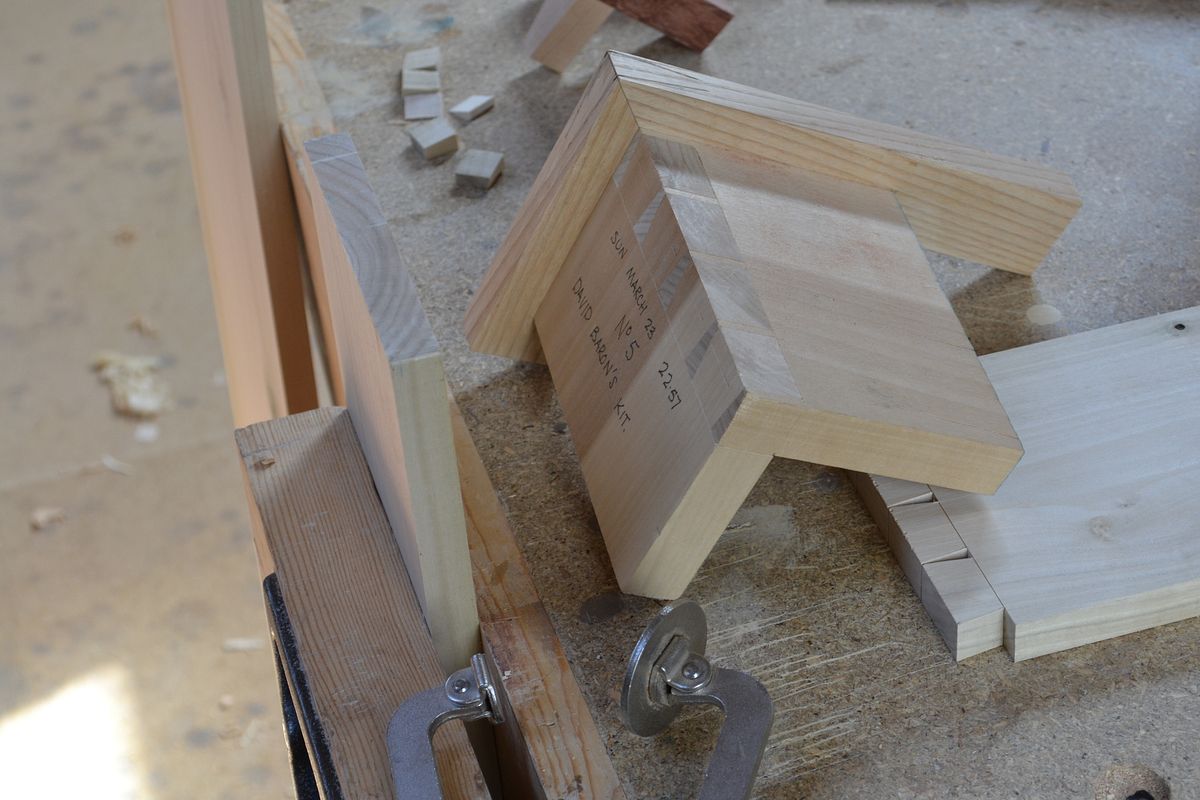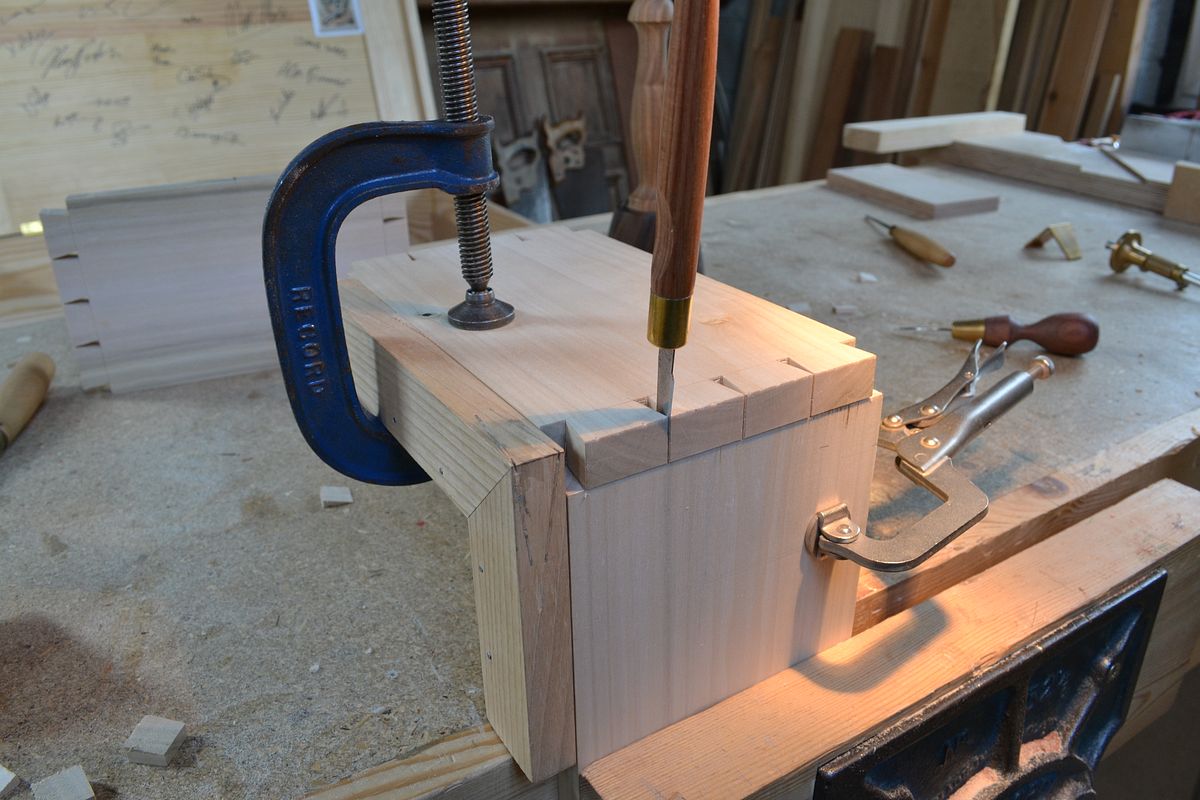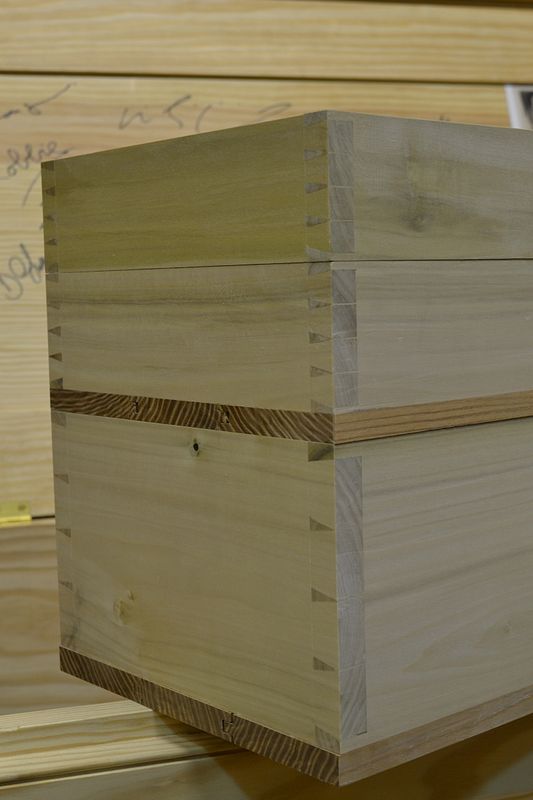James C
Established Member
Im planning on making some boxes that use rebates with decorative dowels.
I've always wanted an easy way of creating cross grain rebates to a small depth (1/16" for example) to make dovetailing easier.
So does anyone have any suggestions? I can't really afford to buy a Skew Rebate plane along the likes of Philly or Veritas. Do I get something off eBay? I don't have much experience with reconditioning wooden hand planes.
I could make it using the router table at school but if much rather a nice quiet relaxing solution to use at home.
I've always wanted an easy way of creating cross grain rebates to a small depth (1/16" for example) to make dovetailing easier.
So does anyone have any suggestions? I can't really afford to buy a Skew Rebate plane along the likes of Philly or Veritas. Do I get something off eBay? I don't have much experience with reconditioning wooden hand planes.
I could make it using the router table at school but if much rather a nice quiet relaxing solution to use at home.







